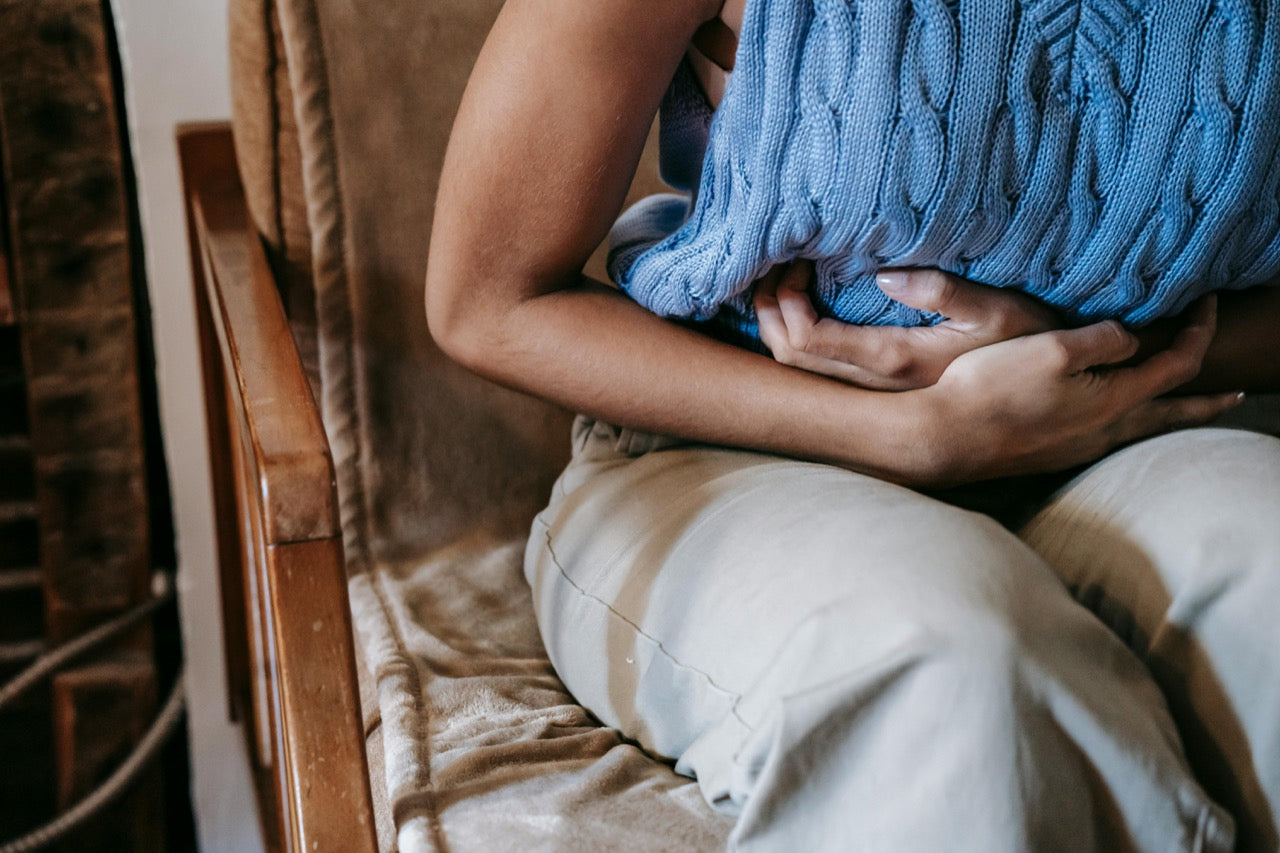Scientists have successfully restored the lost uricase enzyme, a key breakthrough in combating fructose-induced fat formation. This discovery offers new hope for preventing obesity and metabolic disorders by targeting how the body processes sugar and stores fat.
Limited Quantities Available! Order Today and Enjoy Free Shipping on Orders Over $100!
Visceral Fat
Fat stored around internal organs—driven by fructose metabolism and linked to chronic disease risk and inflammation.
Burn the Fat You Can’t See
Visceral fat isn’t just a number on the scale—it’s a warning sign of metabolic stress.
Unlike subcutaneous fat, visceral fat wraps around your organs and is strongly linked to insulin resistance, inflammation, and chronic disease. One of its biggest drivers? Excess fructose metabolism. Fructose stimulates fat production in the liver and promotes deep fat storage—even in people who aren’t visibly overweight.
SugarShield helps address visceral fat by supporting your body’s ability to manage fructose more efficiently. By reducing the energetic and inflammatory burden, it empowers your metabolism to shift away from fat storage—and toward sustainable energy and resilience.
What is Visceral Fat?
Visceral fat is the fat stored deep inside the abdomen, wrapped around internal organs like the liver, pancreas, and intestines. It's different from subcutaneous fat, which lies under the skin.
Why It's Dangerous
Visceral fat is metabolically active and associated with:
- Insulin resistance
- Inflammation
- Heart disease
- Cancer risk
It often leads to a ""hard belly"" appearance and is more dangerous than external fat.
Fructose as a Key Driver
Fructose metabolism favors visceral fat accumulation because:
- It promotes fat synthesis in the liver
- Elevates uric acid and inflammation
- Suppresses energy-regulating hormones like AMPK
This fat gain can occur even without weight gain elsewhere—leading to ""normal weight obesity.""
The LIV3 View
We see visceral fat as a symptom of a broken energy pathway. By blocking fructokinase, SugarShield targets the source—helping reduce dangerous internal fat and support long-term health resilience."






